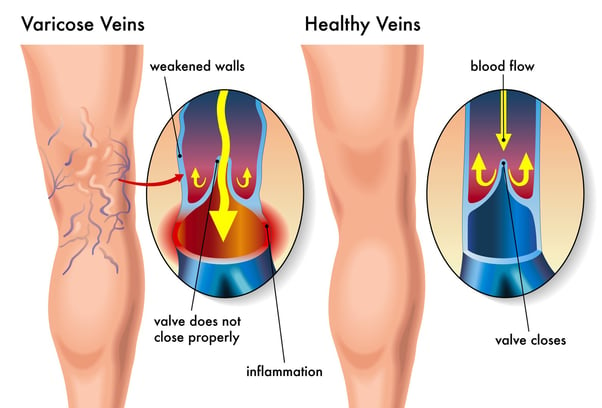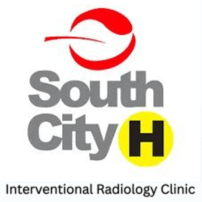Varicose Veins Treatment
What is endovenous thermal ablation?
Endovenous thermal ablation is a minimally invasive procedure to treat Varicose Veins. Its also called endovenous laser or radiofrequency therapy.
Varicose veins are swollen, twisted blood vessels that bulge just under your skin’s surface. These blue or purple bulges usually appear in your legs, feet and ankles.
During endovenous thermal ablation, your provider seals off varicose veins with a laser or high-frequency radio waves. Closing off varicose veins allows healthy veins to restore normal blood flow.
Why is endovenous thermal ablation done?
You might need endovenous thermal ablation if you have medium to large varicose veins in your legs. Varicose veins often look like bulges in the legs that are bluish or skin-colored.
Your blood vessels have one-way valves that move blood toward your heart. Varicose veins develop when these valves become damaged or weak. When valves aren’t working properly, blood can pool in your veins, causing a bulge or swelling that you can see and feel. Symptoms of varicose veins include:
Achiness.
Feeling of heaviness in your legs and feet.
Itching.
Leg cramps, especially at night.
Swelling
Some people have varicose veins removed for cosmetic reasons. After endovenous ablation, varicose veins shrink and blood reroutes to your healthy veins. You won’t be able to see or feel varicose veins after successful treatment.
In other cases, a provider might recommend treating varicose veins because they can cause complications like Deep Vein Thrombosis (DVT), skin sores or bleeding.
Is endovenous thermal ablation considered surgery?
Endovenous thermal ablation is a nonsurgical, minimally invasive procedure. This treatment requires a small incision, but it’s much less invasive than varicose vein surgery.
During varicose vein surgery, your surgeon removes the affected veins through several incisions. This type of surgery requires several weeks of recovery.
If you have endovenous thermal ablation, your veins are left in place. It has fewer complications than surgery and your recovery is usually much shorter.




